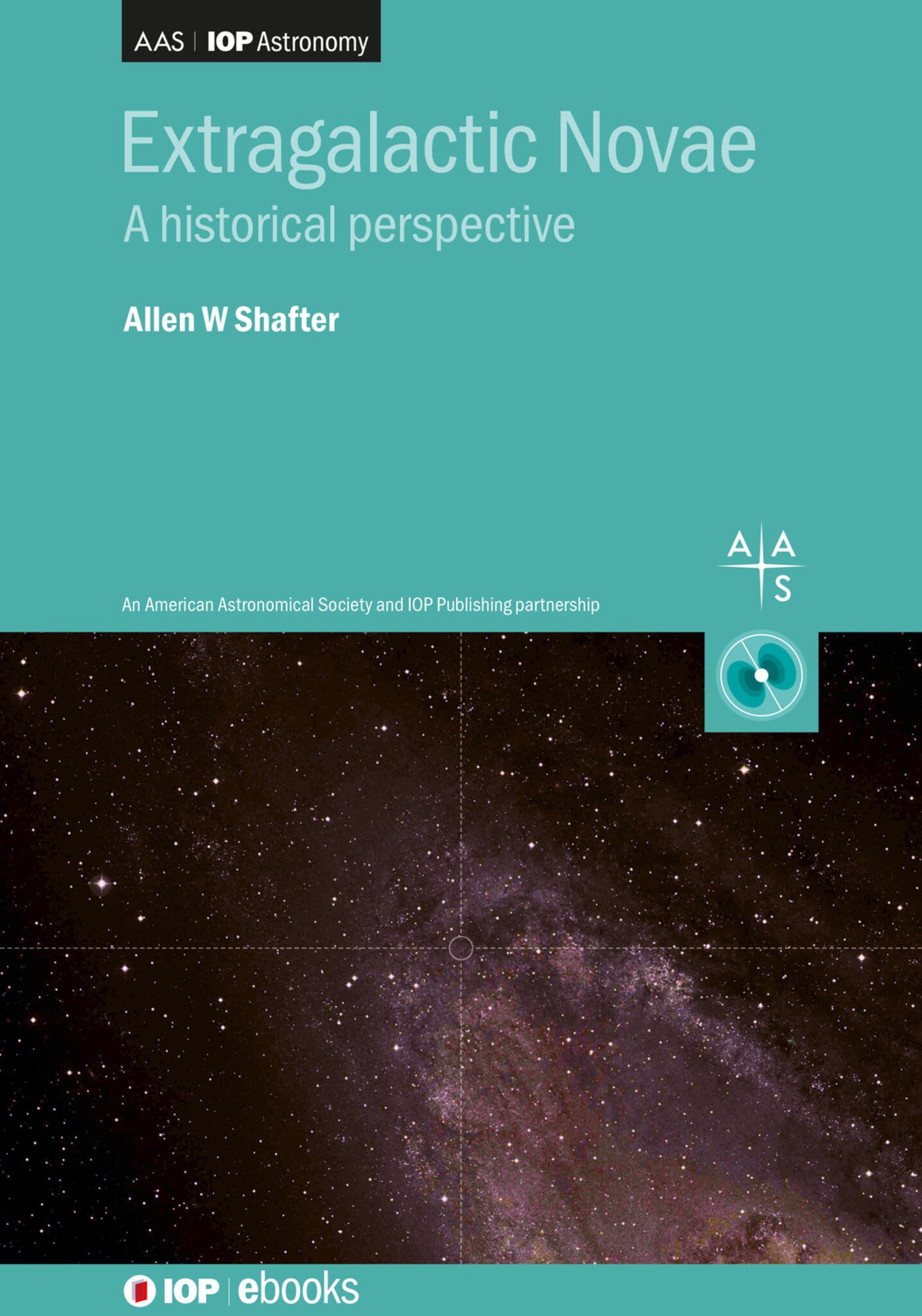We're sorry. An error has occurred
Please cancel or retry.
Extragalactic Novae

Some error occured while loading the Quick View. Please close the Quick View and try reloading the page.
Couldn't load pickup availability
- Format:
-
12 September 2019

Extragalactic Novae: A historical perspective takes the reader on a journey chronicling the study of a class of eruptive variable stars known as "Novae Stella", Latin for "New Stars". These mysterious transient objects, now referred to simply as novae, have been recognized since antiquity, suddenly appearing in the night sky before slowly fading back into obscurity. The book begins with a brief introduction to the early observations, including an overview of the role that novae played in the birth of extragalactic astronomy, and concludes with a discussion of how nova observations over the past century have contributed to our knowledge of close binary star populations in nearby galaxies. Along the way, the history of our understanding of the nova phenomena, in the Milky Way and beyond, is unveiled. In particular, the author describes how the enigmatic nova eruptions were finally realized to be the result of thermonuclear runaways on the surfaces of accreting white dwarf stars, how a controversial correlation between a nova's peak luminosity and its rate of decline (the MMRD relation) has been used in extragalactic distance determinations, and how recent observations have bolstered the case that novae may form a significant channel for the production of type Ia supernovae. These topics, and more, are recounted by an observer who has spent the past 35 years studying these fascinating objects.

SCIENCE / Space Science / Astronomy, Galaxies and stars

Preface
Part I Foundations
1 - The Early History of the Transient Sky
2 - Novae and the Nature of Spiral Nebulae
3 - Early Photographic Surveys
4 - A Physical Model for Novae
Part II The Modern Era
5 - Nova Rates and Populations in the Milky Way
6 - Modern Nova Surveys of M31
7 - Extragalactic Nova Rates and Populations
8 - Outstanding Questions and Future Prospects



